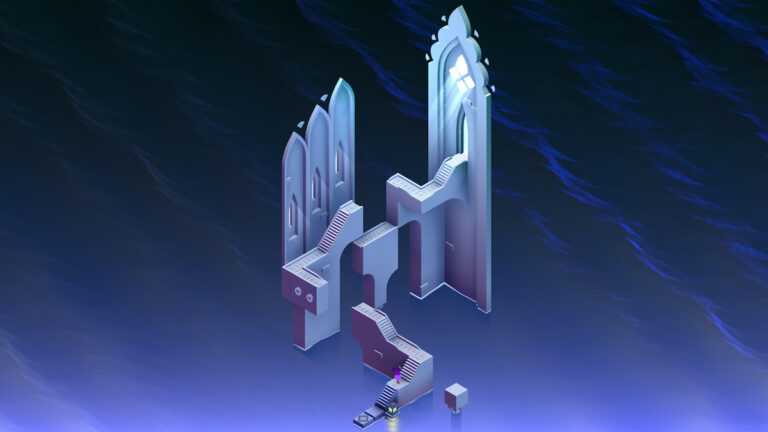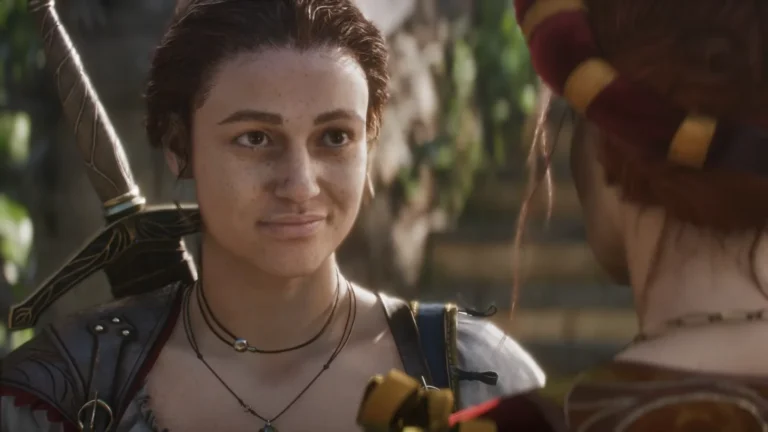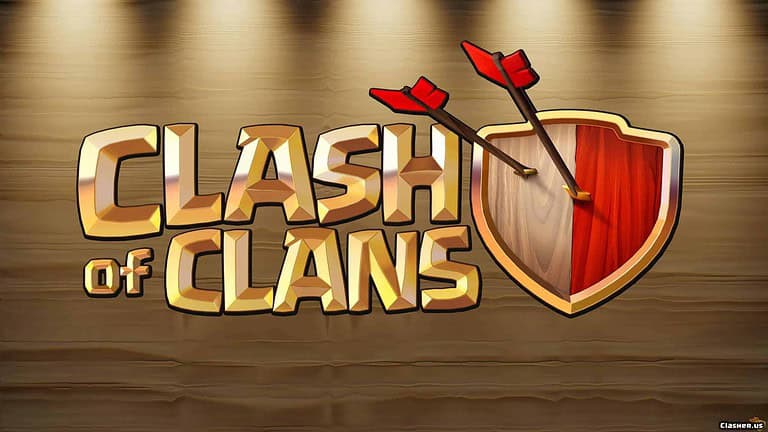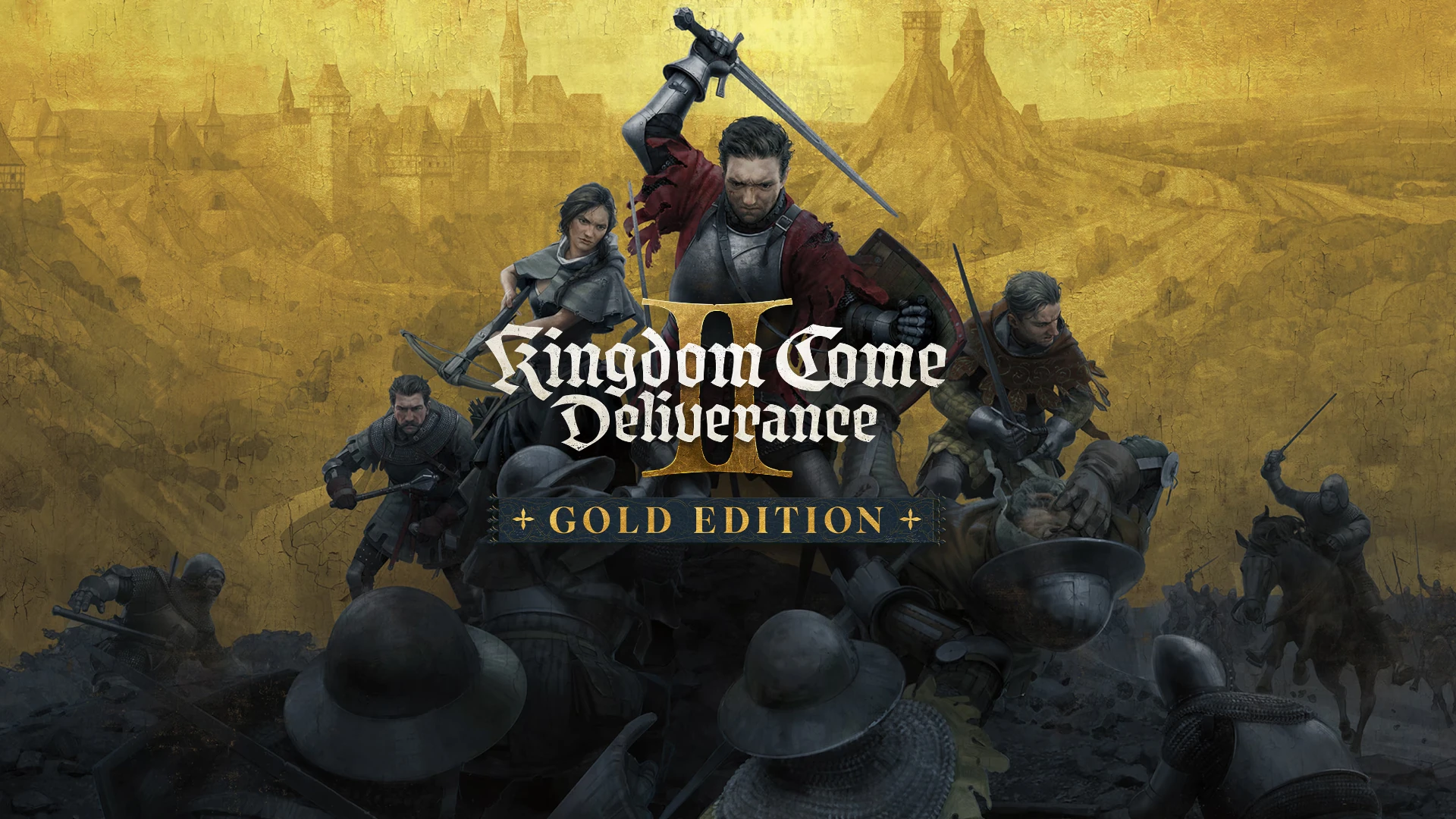
Warhorse Studios has struck gold once again with Kingdom Come: Deliverance 2, as the medieval RPG has taken the gaming world by storm, selling over 2 million copies within weeks of its release on February 4, 2025. This remarkable success builds upon the cult following of its predecessor, solidifying the franchise as one of the most compelling and historically immersive RPG experiences in modern gaming.
A Legacy of Realism and Historical Accuracy
The original Kingdom Come: Deliverance was renowned for its painstaking attention to historical detail, setting it apart from other RPGs with its realistic combat mechanics, period-accurate locations, and compelling narrative set in 15th-century Bohemia. The sequel takes these elements to new heights, with enhanced graphics powered by CryEngine 5, improved AI behavior, and a world that feels more dynamic and reactive to player choices.
Players once again step into the shoes of Henry, the blacksmith’s son turned warrior, as he navigates a world steeped in political intrigue, betrayal, and the brutal realities of medieval life. Warhorse Studios’ commitment to historical authenticity means players will encounter authentic weaponry, clothing, and even the societal hierarchies that defined the era.
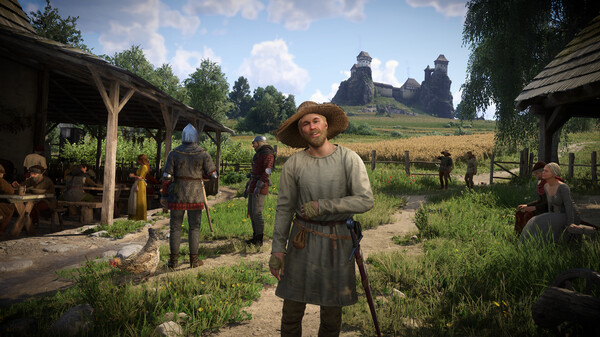
A Commercial and Critical Triumph
Kingdom Come: Deliverance 2 quickly became a commercial hit, surpassing 1 million copies sold in just 24 hours and reaching the 2-million milestone shortly after. The game also achieved a peak of over 250,000 concurrent players on Steam, a testament to the eager anticipation and strong word-of-mouth promotion.
Critics have praised the game for its improved combat system, which refines the original’s complex mechanics while retaining the visceral, weighty feel of medieval battles. The inclusion of new weapon types, expanded siege mechanics, and more responsive NPC interactions have been lauded as significant steps forward.
“The attention to detail is staggering. Warhorse Studios has created an authentic medieval playground that’s as educational as it is entertaining.” – GameCritic Weekly
Key Innovations in Gameplay
Beyond its narrative and historical appeal, the sequel introduces several gameplay innovations that elevate the experience:
- Expanded Map: The world is nearly twice the size of the original game, featuring meticulously recreated cities like Kutná Hora, a historical mining hub of medieval Bohemia.
- Dynamic Weather System: Real-time weather changes, including fog, rain, and snow, impact visibility and NPC behavior.
- Improved Combat Mechanics: A revamped sword-fighting system introduces new techniques, more responsive parries, and weapon degradation that requires regular maintenance.
- Interactive NPCs: NPCs remember player actions more effectively, leading to organic consequences for heroic deeds or criminal activities.
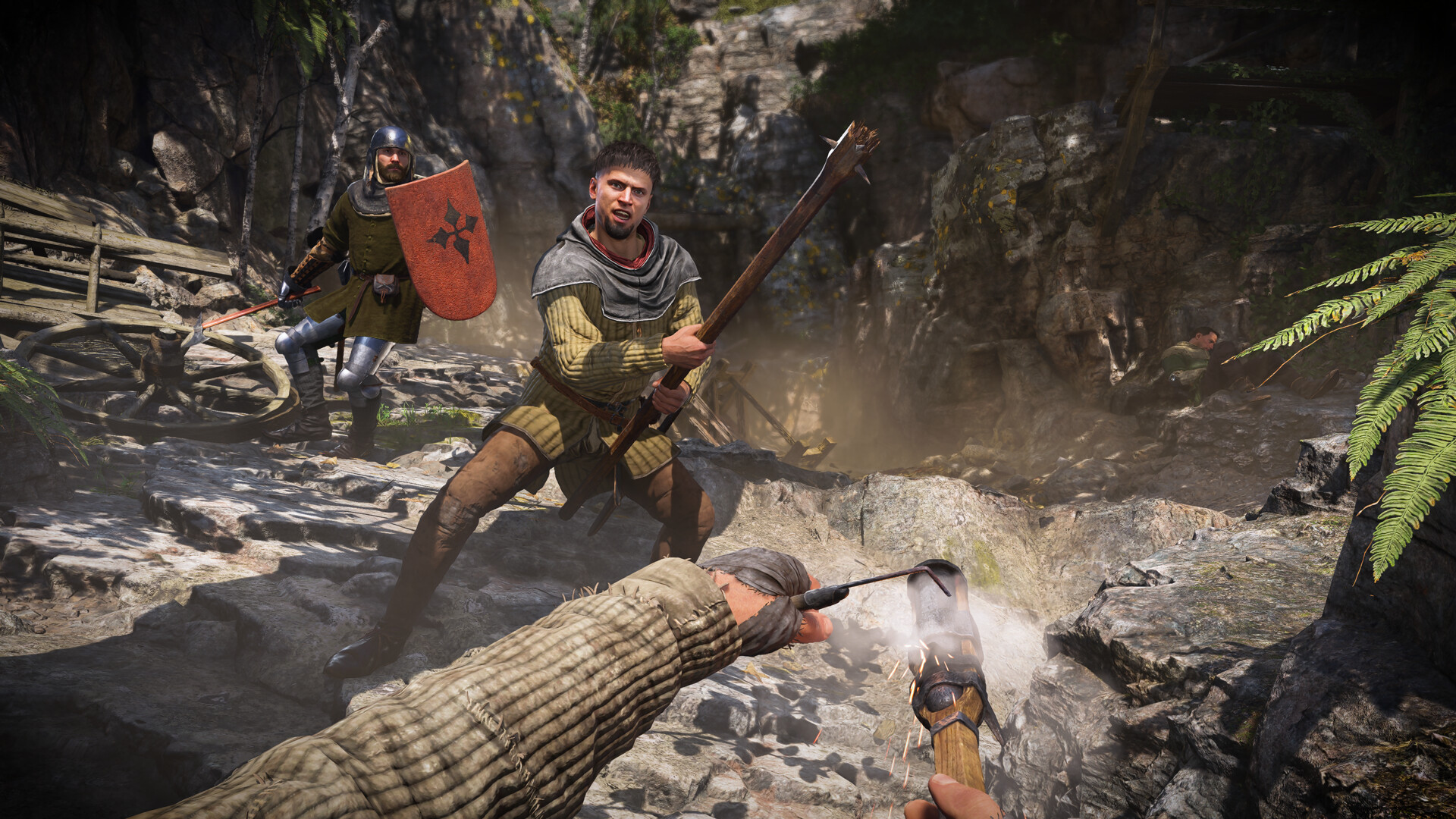
The Power of Modding and Community Engagement
Warhorse Studios’ announcement of official modding support via Steamworks has sparked excitement within the community. Modders can now create custom quests, characters, and mechanics, ensuring the game maintains longevity beyond its initial content.
Kingdom Come: Deliverance owes much of its success to its passionate player base, and the studio’s decision to empower the community with robust tools reflects a forward-thinking approach to engagement.
Secrets and Surprises: The Hidden Ending
Players have discovered a secret, morally ambiguous ending tied to in-game criminal activity. Those who embrace a life of crime and chaos may trigger a unique, macabre conclusion that underscores the game’s central theme: actions have consequences. This hidden narrative path has become a hot topic within the community, adding to the game’s replayability.
What Lies Ahead for Kingdom Come?
The game’s success has naturally sparked speculation about future expansions or even a third installment. While Warhorse Studios remains tight-lipped about long-term plans, they have confirmed a roadmap that includes several DLC releases over the next year. These expansions promise to deepen the story, introduce new characters, and potentially explore other regions of medieval Europe.
Given the studio’s track record and the enthusiastic reception of Kingdom Come: Deliverance 2, it’s safe to say that Henry’s saga is far from over. The franchise has proven that historical RPGs can not only find a mainstream audience but thrive when authenticity and compelling storytelling are placed at the forefront.
In a gaming landscape often dominated by fantasy and sci-fi settings, Kingdom Come: Deliverance 2 stands as a testament to the enduring allure of historical realism. With 2 million copies sold and counting, it has etched its place in the annals of RPG greatness.
Key Takeaways
- Kingdom Come: Deliverance 2 continues Henry’s story in a realistic medieval open world
- The sequel enhances combat and expands on the historical accuracy of its predecessor
- The game was released on February 4 2025
Game Development and Release
Kingdom Come: Deliverance II is set to launch on February 4, 2025. Warhorse Studios has been working hard on this highly anticipated sequel, bringing improvements and new features to the medieval RPG experience.
Warhorse Studios and the Making of the Sequel
Warhorse Studios began development on Kingdom Come: Deliverance II shortly after the success of the first game. The team used CryEngine to create a more immersive and detailed medieval world. They focused on enhancing combat mechanics, expanding the story, and improving graphics.
The studio revealed the game during an IGN First showcase. This presentation highlighted the expanded scope and ambition of the sequel. Warhorse Studios aimed to address player feedback from the original game while introducing new elements to keep the experience fresh.
Launch and Supported Platforms
Kingdom Come: Deliverance II will released on PC, PlayStation 5, and Xbox Series X/S on February 4 2025. The game’s launch date was originally set for February 11, 2025. However, Warhorse Studios moved it up one week earlier to February 4th.
This earlier release date suggests confidence in the game’s development progress. It also gives players a chance to dive into the medieval world sooner than expected.
The simultaneous release on multiple platforms allows a wider audience to experience the game at launch. PC players can expect optimized performance, while console gamers will benefit from the power of next-generation hardware.
Setting and Historical Context
Kingdom Come: Deliverance 2 transports players to medieval Bohemia in the early 15th century. The game’s world expands beyond its predecessor, featuring two distinct locations rich in historical detail and natural beauty.
The Bohemian Landscape and Era
The game’s setting spans two main areas, with Kuttenberg (Kutná Hora) as the central hub. This city, famous for its silver mines, forms a key part of the game’s environment. Players can explore lush forests and the scenic Bohemian Paradise region.
The sequel’s world is twice the size of the original game. It recreates the medieval landscape with attention to detail, from bustling towns to sprawling countryside. The early 15th century setting allows players to experience Bohemia during a tumultuous period of history.
Historical Figures and Events
Kingdom Come: Deliverance 2 continues its commitment to historical accuracy. The game incorporates real historical figures and events from the period. Sigismund, a key player in Bohemian politics, likely features in the narrative.
The game’s backdrop includes the ongoing civil war in Bohemia. This conflict shapes the game world and influences character interactions. Players can expect to encounter political intrigue and power struggles reflective of the era.
Silver mining, a crucial industry in medieval Bohemia, plays a significant role in the game’s economy and storyline. The developers have researched extensively to portray the mining processes and societal impacts accurately.
Gameplay Mechanics and Features
Kingdom Come: Deliverance 2 builds on its predecessor’s realistic medieval gameplay. The game enhances combat, introduces new weapons, and expands character development options.
Combat System and Weaponry
The combat system in Kingdom Come: Deliverance 2 remains skill-based and realistic. Players must master timing and positioning to succeed in battles. Sword fighting incorporates complex moves and counters.
New weapons join the arsenal. Crossbows offer powerful ranged attacks. Early firearms make their debut, adding a historical touch to combat.
Melee weapons include:
- Longswords
- Maces
- Axes
- Polearms
Each weapon type has unique strengths and weaknesses. Players must choose wisely based on their fighting style and opponent.
Skills, Professions, and Character Development
Character progression in Kingdom Come: Deliverance 2 centers on skill improvement through practice. The more players use a skill, the better they become at it.
Key skills include:
- Swordsmanship
- Archery
- Speech
- Stealth
New professions expand gameplay options. Players can pursue careers as blacksmiths or alchemists.
Blacksmithing allows crafting and repairing weapons and armor. This skill proves valuable for maintaining equipment and creating custom gear.
Alchemy offers potion-making abilities. Players can brew healing concoctions or create combat-enhancing elixirs.
The game emphasizes player choice in character development. Different skill combinations lead to varied playstyles, from noble knight to cunning rogue.
Cultural and Character Diversity
Kingdom Come: Deliverance 2 expands its representation of medieval Bohemia. The game introduces a wider range of ethnicities and deeper character relationships.
Depiction of Ethnicities and NPCs
Kingdom Come: Deliverance 2 features characters from various ethnic backgrounds. This change addresses criticisms of the first game’s lack of diversity. The sequel aims to provide a more comprehensive portrayal of medieval life.
NPCs now come from different regions and cultures. Players will encounter merchants from distant lands, travelers with unique accents, and locals with diverse appearances. This variety adds richness to the game world and reflects the historical reality of trade routes and cultural exchanges in medieval Europe.
The developers have balanced historical accuracy with inclusivity. They’ve researched lesser-known aspects of medieval Bohemian society to incorporate authentic diversity.
Character Arcs and Relationships
The game deepens its character development, offering more complex arcs and relationships. Henry, the blacksmith’s son from Skalitz, continues his journey with a more diverse cast of companions and rivals.
Sir Hans Capon returns with an expanded role. His friendship with Henry evolves, revealing new facets of both characters. New NPCs bring fresh perspectives and challenges to Henry’s quest.
Players can forge alliances with characters from different backgrounds. These relationships impact the story and gameplay, offering varied quest outcomes and dialogue options. The game explores themes of prejudice and understanding through these interactions, adding depth to the medieval setting.

